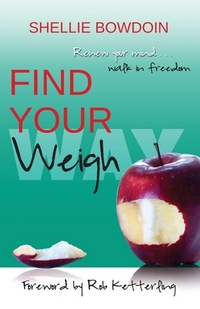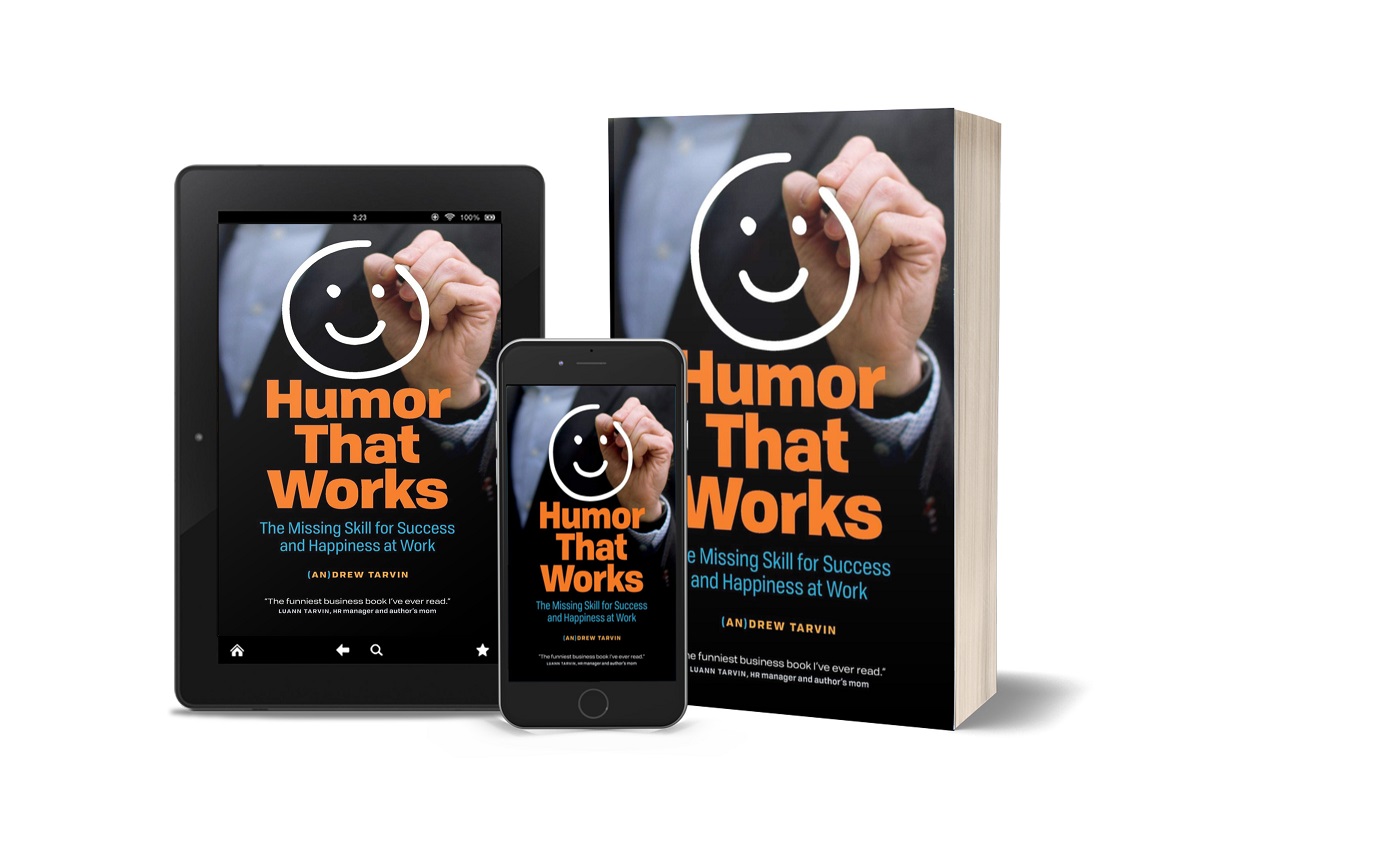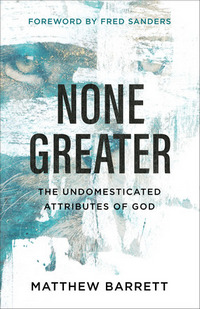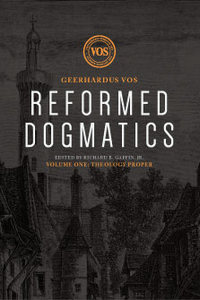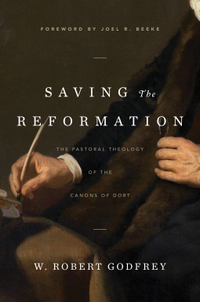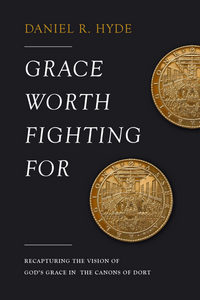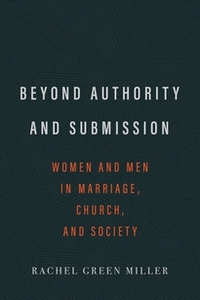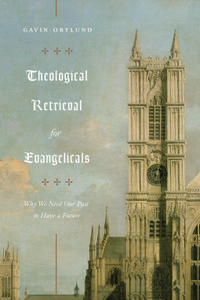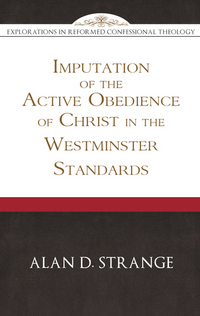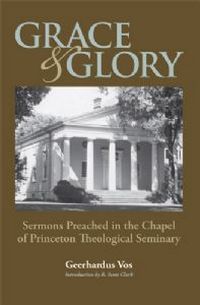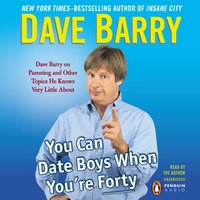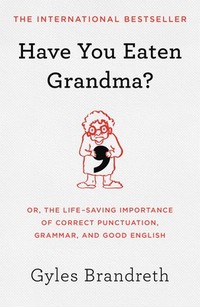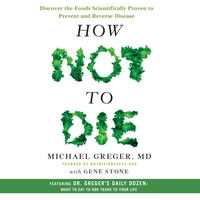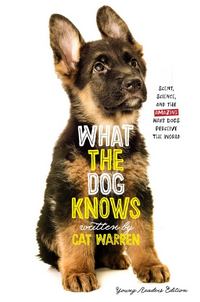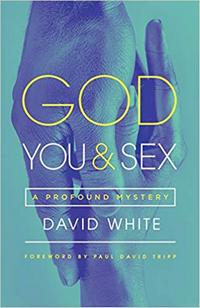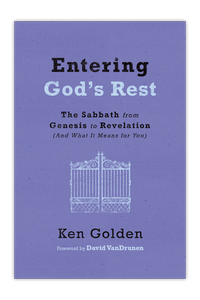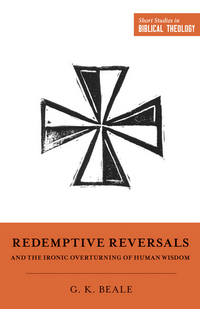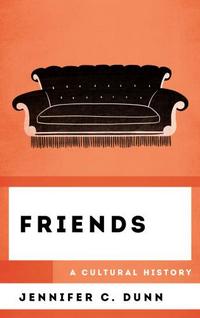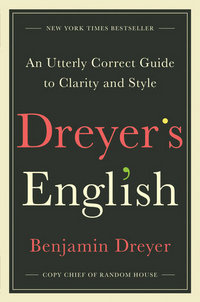 |
Dreyer’s English: An Utterly Correct Guide to Clarity and StyleHardcover, 269 pg. Read: December 27-30, 2019 |

The English language…is not so easily ruled and regulated. It developed without codification, sucking up new constructions and vocabulary every time some foreigner set foot on the British Isles—to say nothing of the mischief we Americans have wreaked on it these last few centuries-and continues to evolve anarchically. It has, to my great dismay, no enforceable laws, much less someone to enforce the laws it doesn’t have.
Benjamin Dreyer isn’t the enforcer he wishes existed, but he’s close to one—especially for Random House. This book isn’t a book of those laws, rules or regulations—it’s about what one copy editor thinks that would-be editors, authors, and everyone else should know about grammar, sentence construction, punctuation, and. . . you know what? The official blurb does a more concise job of describing the book than I could. Let’s cheat a little and use it:
We all write, all the time: books, blogs, emails. Lots and lots of emails. And we all want to write better. Benjamin Dreyer is here to help.
As Random House’s copy chief, Dreyer has upheld the standards of the legendary publisher for more than two decades. He is beloved by authors and editors alike—not to mention his followers on social media—for deconstructing the English language with playful erudition. Now he distills everything he has learned from the myriad books he has copyedited and overseen into a useful guide not just for writers but for everyone who wants to put their best prose foot forward.
As authoritative as it is amusing, Dreyer’s English offers lessons on punctuation, from the underloved semicolon to the enigmatic en dash; the rules and nonrules of grammar, including why it’s OK to begin a sentence with “And” or “But” and to confidently split an infinitive; and why it’s best to avoid the doldrums of the Wan Intensifiers and Throat Clearers, including “very,” “rather,” “of course,” and the dreaded “actually.” Dreyer will let you know whether “alright” is all right (sometimes) and even help you brush up on your spelling—though, as he notes, “The problem with mnemonic devices is that I can never remember them.”
And yes: “Only godless savages eschew the series comma.”
Chockful of advice, insider wisdom, and fun facts, this book will prove to be invaluable to everyone who wants to shore up their writing skills, mandatory for people who spend their time editing and shaping other people’s prose, and—perhaps best of all—an utter treat for anyone who simply revels in language.
As one who enjoys a good language-revel, I fell in love with this book almost instantly. I had to force myself to stop jotting down notes because I’d be reading this thing until March if I wrote down everything I wanted to (I have a list of page numbers, though, to go back and glance at while I write this and/or want to do a quick revisit of the book). I’m glad that I’m bone tired and don’t have a lot of time here, because I could easily spend a few thousand words on this book if I let myself. But circumstance prevents me from that and protects you from enduring it (we’ll pretend you’d endure it to preserve my ego, you’d likely just decide it was too long and go to the next link on your list). I think this is coherent enough to post. I’ll let you decide.
Dreyer clearly had fun writing this—there’s a joie de mot/langue* that permeates this book and its infectious. Each page is filled with humor as well as semi-/quasi-/actually technical discussions about writing/reading, making this a book that will appeal to both your mind and funny bone.
* There’s a good chance that l’Académie française is going to hire someone to assassinate me for those neologisms. Whoops.
I’m not going to try to encapsulate the book (hence the use of the blurb), but I want to highlight a few things that stood out to me.
Over the last two years, I’d estimate I’ve read about 50 pages on the interrobang. That number didn’t increase at all with this book. In the chapter discussing punctuation he eventually gets to the interrobang and states, “Neither will we discuss the interrobang, because we’re all civilized adults here.” Reader, I laughed hard at that.
There’s so much of this book that authors need to read—were I richer, I’d require any author who asks me to read this book to evaluate it by these standards. For example, I can’t agree more with his oft-voiced complaint about italics that go on for more than a sentence (“For one thing, italics weary the eye; for another, multiple paragraphs of text set in italics suggest a dream sequence, and readers are always keen to skip dream sequences.” or “tend to convey Lengthy Interior Monologue or Something Else I Probably Don’t Want to Read.”). Do you know how many authors I want to send that to? (I’m including books I loved there, but most books I didn’t)
That reminds me, another thing I’d like to send to many, many authors I’ve read over the last five years:
…I swear to you, a well-constructed sentence sounds better. Literally sounds better. One of the best ways to determine whether your prose is well-constructed is to read it aloud. A sentence that can’t be readily voiced is a sentence that likely needs to be rewritten.
A good sentence, I find myself saying frequently, is one that the reader can follow from beginning to end, no matter how long it is, without having to double back in confusion because the writer misused or omitted a key piece of punctuation, chose a vague or misleading pronoun, or in some other way engaged in inadvertent misdirection. (If you want to puzzle your reader, that’s your own business.)
My life would be easier (and this blog much more chipper) if more authors were concerned about that.
A number of times, he’ll deliberately place an error in the text so he can call it out a paragraph or two (or pages) later to demonstrate how easy it is to make that faux pas and how hard it may be to catch. I loved every one of these and thought it was a brilliant idea.
He has lists of commonly misspelled words, notes on the way to get around Proper Nouns (or things that look like them, but aren’t), as well as bullet-point rants about pet peeves and actual problems that should prove to be an invaluable resource for students and writers of any level. I’m probably going to grab an e-copy of this so I can have it on my phone for easy reference.
The book is so fun, it’s spawned a game! How many books can say that?
While he is laughing at language, how it’s used/abused, and so on—Dreyer never discourages anyone from writing. He also mocks himself/his book a lot. It’s hard not to like a smart guy making wisecracks about himself.
With apologies to Dave Barry, Kevin Hearne and Delilah S. Dawson, this was probably the funniest thing I read in ’19 (and I cracked up a lot at those three). I laughed, I chuckled, I grinned, I think I might have even guffawed at this book (maybe even chortled). I can’t stop quoting it.
[People are] not, I’ve discovered, apt to be dissuaded from their prejudices by the evidence of centuries of literate literary usage or recitations from the bracingly peeve-dismantling Merriam-Webster’s Dictionary of English Usage. And they’re certainly not likely to be moved by the suggestion that English is in a constant state of evolution and that if our great-grandmothers ever caught us using the noun “store” when what we should have said was “shop” or using “host” as a verb, they’d wash our mouths out with soap. Well, I concede with a shrug, if the English language itself is notoriously irregular and irrational, why shouldn’t its practitioners be too?
As a practitioner, you might want to be less irregular and more rational. If so, Benjamin Dreyer has given you an excellent guide to find your way out of that. I loved it, if you’re even a little bit of a language geek, you will, too.

This post contains an affiliate link. If you purchase from it, I will get a small commission at no additional cost to you. As always, opinions are my own.
![]()



